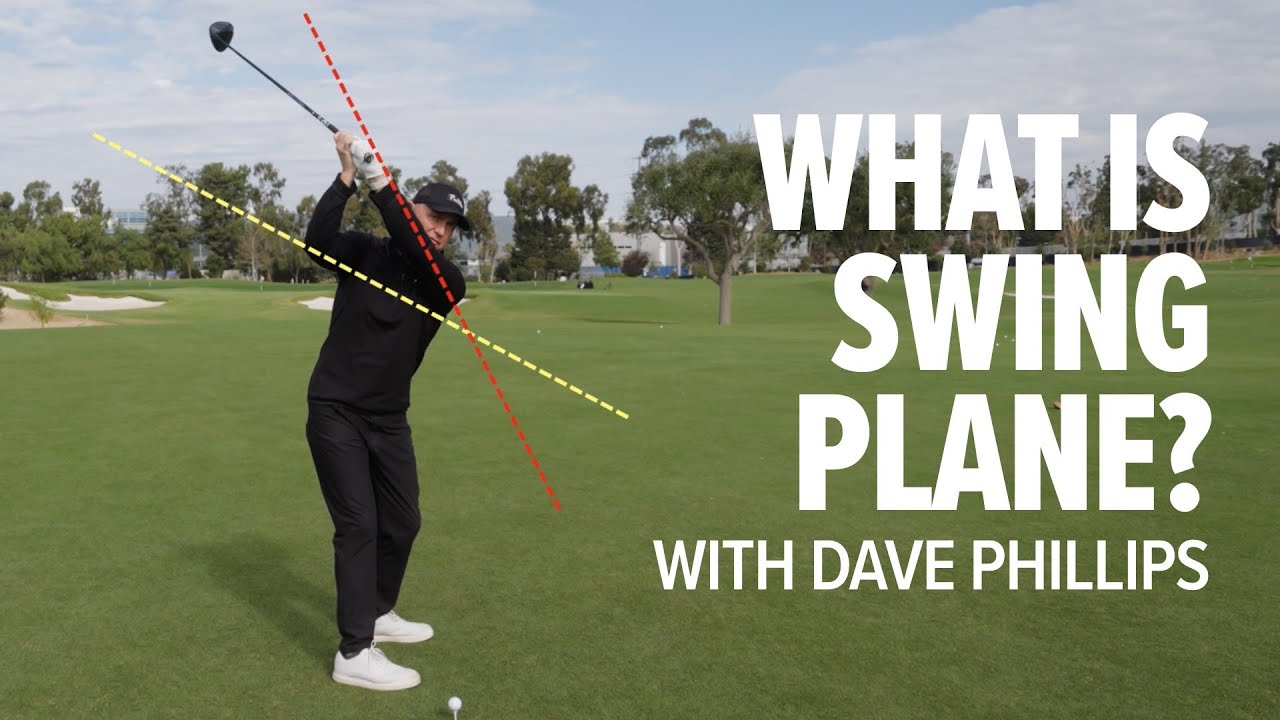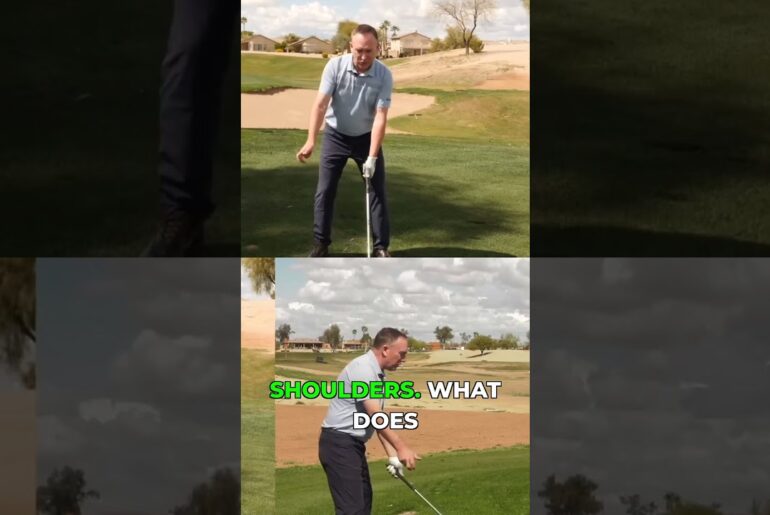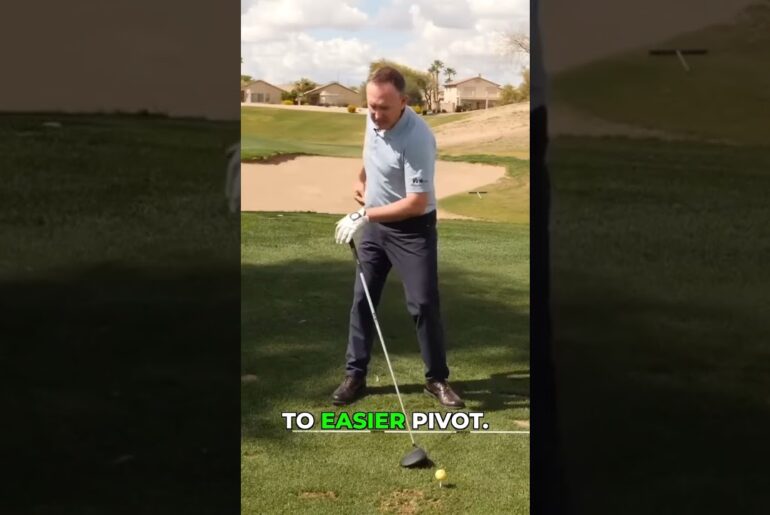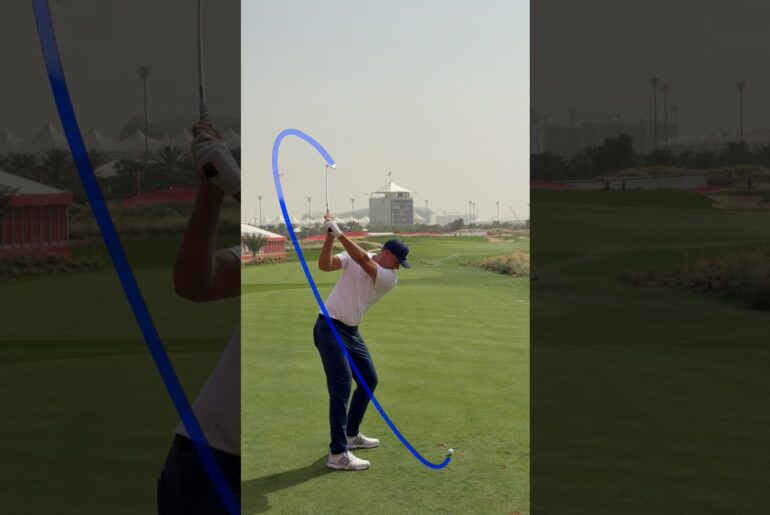Swing plane is a golf term that is frequently used by golf instructors and swing analysts to describe the arc of the club head as you swing the club around your body. However, it can be a confusing term, because some focus on the pitch and position of the club shaft and others focus on how your arms move in relation to your body.
In this video, TPI co-founder Dave Phillips explains the difference between shaft plane and swing plane. He also provides some great guidance into shoulder mobility and how you can determine if a one-plane or two-plane swing is right for you.
» Subscribe to Titleist: https://www.youtube.com/@titleist?sub_confirmation=1
For more information on how data from 3D motion capture, force plates and physical assessments can help your game, check out @myTPI’s YouTube channel: https://www.youtube.com/mytpi
#GolfTips #Titleist #TPI
So we’re talking about swing plane and what really is swing plane, right? So there are a lot of different theory as to what that is. There are different types of swing and then there’s the plane the club is moving on, right? So a lot of times you might have gone for a lesson and they take the club and they film your golf swing and they’ll draw a line along the the club shaft that extends through your body. That’s actually the shaft plane. the the the plane the club is moving on going back and moving on coming down. And then there’s the swing plane and that’s really more as we get into the upper body. And a good friend of mine, Jim Hardy, wrote a great book called The Plain Truth for Golfers that talks about a two-plane swing and a one plane swing. So in that book, he basically said that if you’re a two planer, your lead arm works above your shoulder turn plane, right? So my shoulders are turning on this plane, right? But my lead arm is actually vertical of this plane. And that is a way to swing. And then there’s a one plane swing. And that’s where my shoulder plane and my lead arm plane actually match. So that’s where if I go back and my arm swing either below or on my shoulder plane, that would be considered a one plane swing. So there’s two buckets. We’ve got this two plane swing or this one plane swing. And there are a couple of key things you need to know about those. And you can swing either way. In fact, the longest hitters generally are a two plane. And the reason is is because their arm swing creates width and arc and that gives them a bigger arc and they have more time to produce what we call ramp up speed or speed to this head. Now, not to say that there’s not some super long hitters that are one planers. those the long hitters that are more one planers are very powerful with their lower body. They have to turn their torso extremely fast and that’s where we get into ground force and 3D and looking at all those those things. So the thing to remember is you don’t really want to mix them and you also have to understand what’s better for you for your body. Right? So, if I’m a two-planer, if you’re one of those players that, you know, I really like to be wide and I like getting my arms up there, you’ve got to think about the parts of your body you’re going to need to do that. And one of them is your shoulder and your lat and your thoracic spine. So, you know, a simple test would be if I put my back against the wall and don’t have a wall out here. So, we’re just going to bend over and pretend I’m sitting against a wall. If I can raise my arms above my ears, then if I stood up and turned, I can get my arms up in the air pretty easily while I’m doing this, right? But if you’re one of these that your arms are locked, then two plane probably wouldn’t be good for you because to get your arms up in the air, you’d have to stand up and that would cause you to lose your posture. Something we call early extension where your pelvis goes in towards the golf ball. So, if you have body restrictions in your upper body, your thoracic spine is tight, your lats is tight, maybe you’ve hurt your shoulder, then you’d probably be better in a one plane bucket. Because for you, it would be easier to just let this tilt over a little bit more and let this club go more around you because you can do that. It’s just difficult for you when you raise your arms. So, those are a couple of the body swing connections around the one and the two plane. For the one plane, I really need to hip hinge. So, this is very simple. I just need to push my pelvis back as if I’m going to go down and touch my toes. I want to tilt over a little bit more. And then from here, I want to let my arms go more around me. So, for this position, you might be a little lower with the handle, a little bit more bent over. I’m going to try and get my arms more around my body. And again, that’s another great way to swing. So the one plane, two plane golf swing, it doesn’t matter which one you are. They’re both good and you can be an excellent player with both of them. But what we always look at at TPI is make sure your body can match what you do with your golf swing. And we’ve got a great crew of TPI certified experts all over the world that can help you. So, if you go to mytpi.com, you actually go in your zip code and you put your zip code on, you’ll find an expert that could actually physically evaluate you and tell you whether you should be a one plane or a two plane swinger. And that way you’re not guessing, you’re actually assessing.







